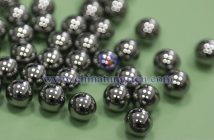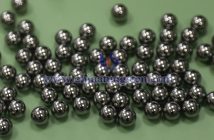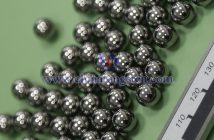Tungsten-nickel-iron alloy (W-Ni-Fe alloy), also known as high-density tungsten alloy, is a composite material with tungsten as the primary component and nickel and iron as binding phases. Typically containing over 90% tungsten, with the remainder a mixture of nickel and iron (e.g., typical ratios like 95W-3Ni-2Fe or 93W-5Ni-2Fe), this alloy is valued for its high density (16.5-18.5 g/cm3), high strength, corrosion resistance, and good machinability, finding wide use in defense, aerospace, medical, and industrial fields. The question raised by users concerns whether this alloy exhibits magnetic properties.
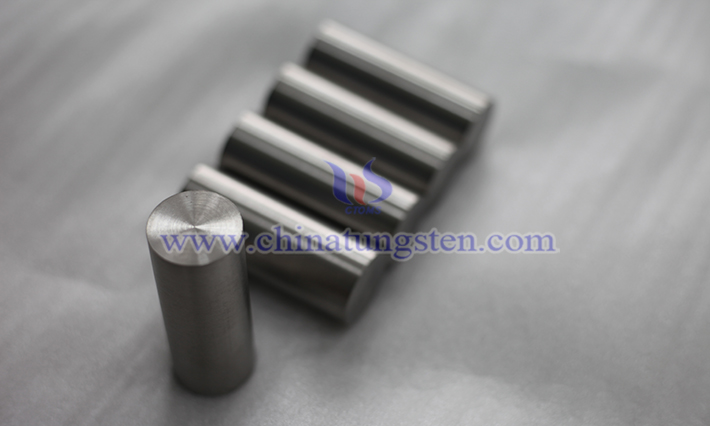
To address this, we first need to understand the basic concept of magnetism. Magnetism refers to a material's behavior in a magnetic field, categorized into ferromagnetism, paramagnetism, diamagnetism, and antiferromagnetism. Ferromagnetic materials (e.g., iron, nickel, cobalt) can be strongly magnetized and retain residual magnetism under an external magnetic field; paramagnetic materials (e.g., aluminum) show weak magnetism; diamagnetic materials (e.g., copper) repel magnetic fields. An alloy's magnetism depends on the magnetic properties and microstructure of its constituent elements.
In tungsten-nickel-iron alloy, tungsten (W) itself is non-magnetic, with slight diamagnetic properties due to its electron structure lacking unpaired electron spin magnetic moments. In contrast, iron (Fe) and nickel (Ni) are typical ferromagnetic elements: iron has a high saturation magnetization, and nickel offers good magnetic permeability. Thus, the magnetic properties of W-Ni-Fe alloy primarily stem from iron and nickel, with tungsten serving as a diluting and structural support component.
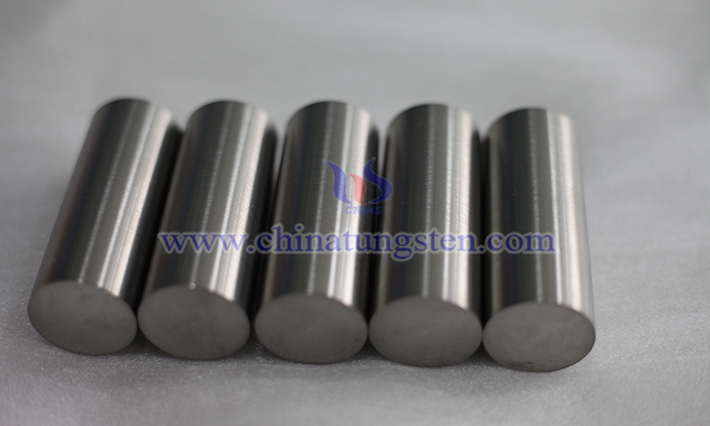
Specifically, the magnetic behavior of W-Ni-Fe alloy can be described as "soft magnetic." Soft magnetic materials feature narrow hysteresis loops, low coercivity, and high magnetic permeability, suitable for applications requiring frequent magnetization and demagnetization. Research indicates that when the total nickel and iron content ranges from 3% to 20%, the alloy exhibits typical soft magnetic behavior. This arises because iron and nickel form a continuous magnetic network phase, while tungsten particles act as non-magnetic islands, hindering full magnetic domain coupling and weakening overall magnetism. An increase in iron content boosts saturation magnetization but may increase hysteresis loss.
Several factors influence the magnetic properties of W-Ni-Fe alloy. First, the composition ratio is critical. The nickel-to-iron ratio is significant: a Ni:Fe ratio close to 3:1 maximizes magnetic permeability, resembling the optimized composition of high-permeability Ni-Fe alloys, promoting domain wall movement through an ordered crystal structure. Excessive iron increases saturation magnetization but reduces permeability, potentially raising coercivity and shifting toward hard magnetic behavior. Conversely, higher nickel content enhances toughness and corrosion resistance but weakens magnetism, as nickel's magnetic moment is lower than iron's. Higher tungsten content further reduces magnetism by diluting the volume fraction of the magnetic phase.
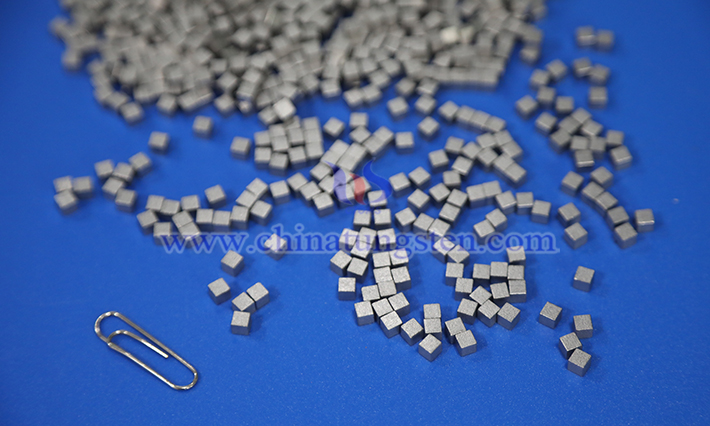
Second, microstructure and fabrication processes significantly affect magnetism. W-Ni-Fe alloy is typically produced via powder metallurgy, involving powder mixing, pressing, sintering, and heat treatment. During sintering, nickel and iron form a liquid phase that infiltrates tungsten particles, creating a dual-phase structure: tungsten particles (bcc structure) and Ni-Fe solid solution phase (fcc structure). Uniform tungsten particle distribution and a continuous Ni-Fe phase enable an effective magnetic circuit, enhancing permeability. However, porosity, impurities, or phase separation can degrade magnetic performance. Heat treatments like annealing relieve internal stress, optimize crystal orientation, and reduce hysteresis loss. Grain size also matters: nanoscale grains can enhance magnetism by reducing domain wall pinning points, improving magnetic moment coupling. Phase transitions under high magnetic fields may affect magnetism, though this is rare at room temperature.
Temperature is another key factor. The alloy's magnetism varies with temperature: the Curie temperature (Tc, above which magnetism disappears) depends on the Ni-Fe phase, typically ranging from 400-600°C, far below pure iron's 770°C, due to tungsten reducing exchange energy. At low temperatures, permeability may increase due to reduced thermal agitation; at high temperatures, it decreases.
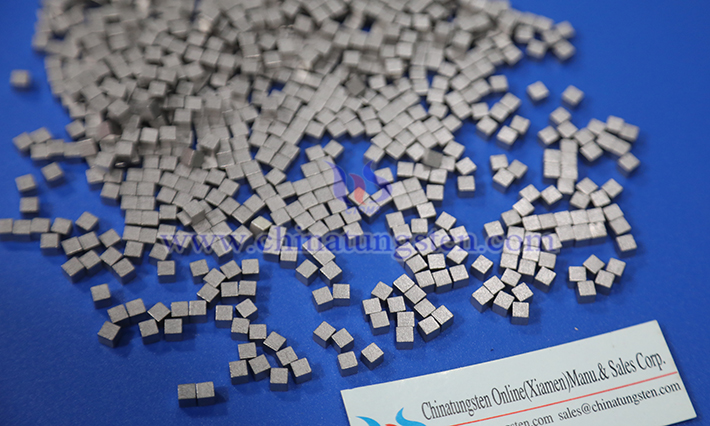
Comparing with other alloys highlights W-Ni-Fe's magnetic characteristics. Unlike pure tungsten, which is completely non-magnetic and used in zero-magnetic-interference applications, W-Ni-Fe is magnetic. Compared to tungsten-nickel-copper alloy (W-Ni-Cu), which is non-magnetic due to copper's diamagnetic nature, W-Ni-Fe has higher density and strength with better ductility but is unsuitable for magnetic-sensitive equipment like MRI machines. For magnetic applications (e.g., electromagnetic shielding), W-Ni-Fe is preferred; for non-magnetic needs (e.g., medical imaging), W-Ni-Cu is better. Compared to Ni-Fe binary alloys, W-Ni-Fe has lower permeability but much higher density, ideal for weight-critical magnetic applications.

